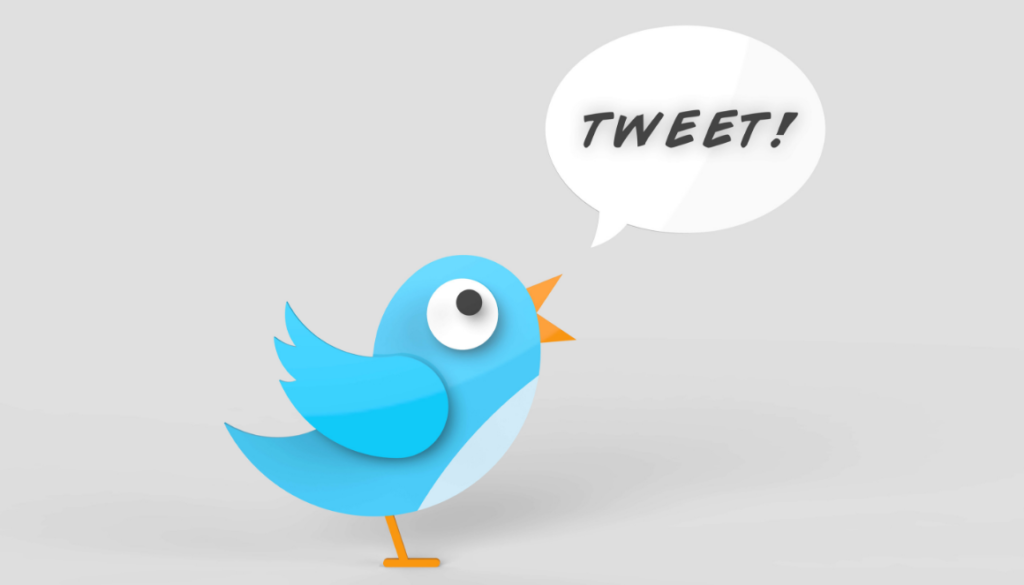Beyond 140 Characters: Bright Idea or Bust?
Around the world, the Internet’s been abuzz regarding the newest rumor: Twitter removing their infamous 140-character limit. The company is contemplating removing the limit, giving users more leeway to express their thoughts acutely, without the use of poor grammar or abbreviations. Though it is unclear what the plan is, the expansion would allow users to publish long form content to the service without having to use already existing applications.
The 140-character limit has been a trademark of the company since its beginning. It has been scrutinized by almost every user at one point or another, often resulting in users pleading to lengthen it. Many do not realize the origins of the company, which was launched back in 2006. Twitter was primarily created to be an SMS texting service, in which users would tweet and get updates almost completely by text. The company wanted to ensure users were not receiving split text messages, therefore the 140-character limit was installed.
Recently, Twitter has made a multitude of changes to their system; the most prominent being the ability to retweet a tweet, while having the ability to add afull, 140-character comment. Another major Twitter revolution was the lift of the character limit on private messages, allowing users to privately and conveniently communicate without having to send multiple messages.
Though this is an interesting precedent, we all have to wonder: how beneficial is this? Is this a revolutionary move in the Twitter-sphere, or is this the point of no return for Twitter? Though criticized, Twitter is the only platform available for quick news updates, tech news, ect. There’s also a whole universe that’s been created revolving around the 140-character limit, such as Twitter specific slang, serialized Twitter essays, and even the importance of a simple hashtag.
Removing the character limit has the potential to open many new doors for those who use Twitter, but obviously has its setbacks. Plans are uncertain and unconfirmed, yet the daily Twitter user has to question: Will this feature turn a feed into an over characterized mess, orwill this draw users in further? Will this enhance Twitter’s accessibility, or ruin a platform that’s so pivotally different from the others because of their trademark limit? Only time will be able to tell.
Sara Murphy is a Junior Public Relations Associate at Flackable, LLC, a national public relations agency supporting the communications needs of registered investment advisors (RIAs) and other forward-thinking financial services firms. To learn more about Flackable, please visit www.mariaa191.sg-host.com.




